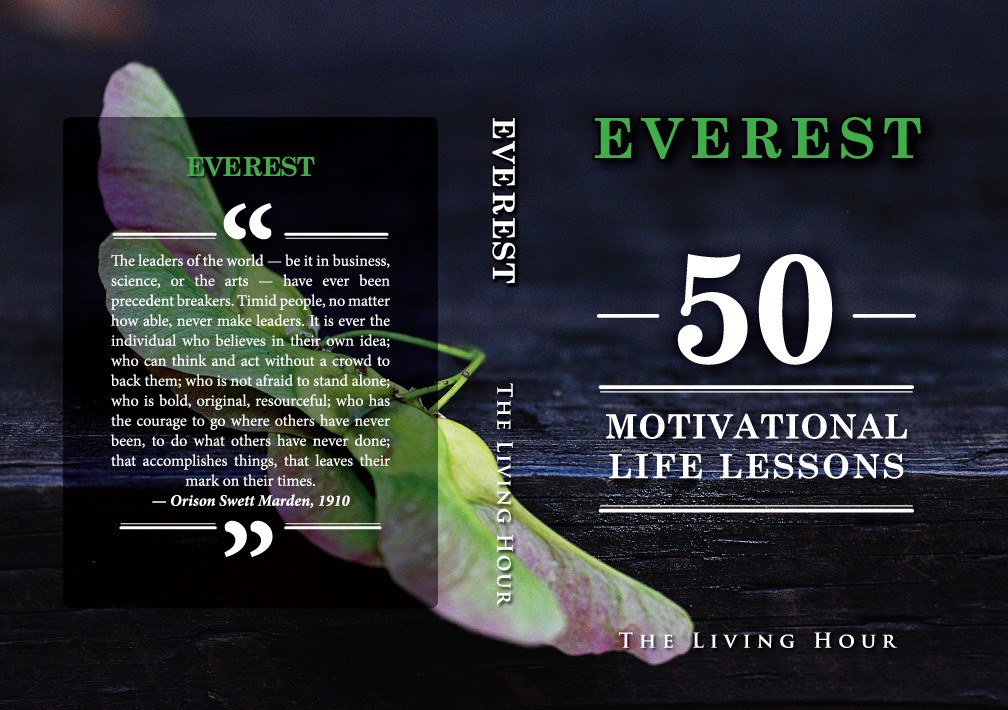30 Jul The Art of Becoming Your Best & Highest Self
Podcast Transcript: Welcome to the Inspirational Living podcast. Share the gift of inspiration this holiday season with our new hardcover book Evergreen: 50 Inspirational Life Lessons. Learn more at InspirationalLifeLessons.com. Today’s podcast has been edited and adapted from The Aim of Life by Philip Stafford Moxom, published in 1894.
Life is a mission. Every other definition of life is false, and leads all who accept it astray. Religion, science, philosophy, though still at variance upon many points, all agree on this: that every existence is an aim.
It is the high distinction of humanity that we are capable of living with an aim — that is, with a purpose which, reaching through all our lives, unifies it, and gives it directness and force. An aim in life would be impossible if we were not a rational, free personality, having duty and a destiny. There is, then, a singular abdication of real dignity if you live your life without purpose; and there is no more serious and important matter for you to consider than your life’s aim.
It is important because it intimately concerns success, and, still more, because it concerns the formation and development of character. I wish you to think of this whole subject with a new seriousness and force. Life is tremendous in its possibilities. More than half the battle for true success is won in beginning right.
I do not ask now, what’s your aim in life? That question we shall mutually consider a little later. Let us first think about the general question. The aim of life includes both an object or end toward which life moves, and a purpose which impels it to that end. By this phrase I mean the supreme object and the ruling purpose of your life.
Although we may have many minor and subordinate aims, we can have but one supreme aim, and from this supreme aim all the others take their real character. Our aim in life is that object or end which draws to itself our highest thought and aspiration and endeavor; and it is that purpose which, consciously or unconsciously, makes the strong mid-current in the stream of our activity that ever moves onward, however many may be the eddies and transient back-currents that perplex the stream’s margin.
The aim of life is that which creates life’s tendency, and supremely determines conduct. The real aim of life, let me remind you, is not always the apparent aim; for we are often self-deceived as to the chief ends, and often others are deceived by them. But conduct, in the long run, must be consistent with our ruling purpose, for it is this which qualifies and directs conduct.
What you are supremely living for determines the course you are taking year in and year out. For example, there are two main directions which your life may pursue: one is toward good; the other is toward harm. A stone thrown from the hand goes up or down; it never keeps a horizontal line. Gravitation pulls it toward the earth; the moment it leaves the hand, gravitation begins to overcome the upward propulsion and at last is completely victorious. The track of the stone is a curve, the farther end of which rests on the ground.
READ THE ENTIRE ESSAY IN EVEREST: 50 MOTIVATIONAL LIFE LESSONS

